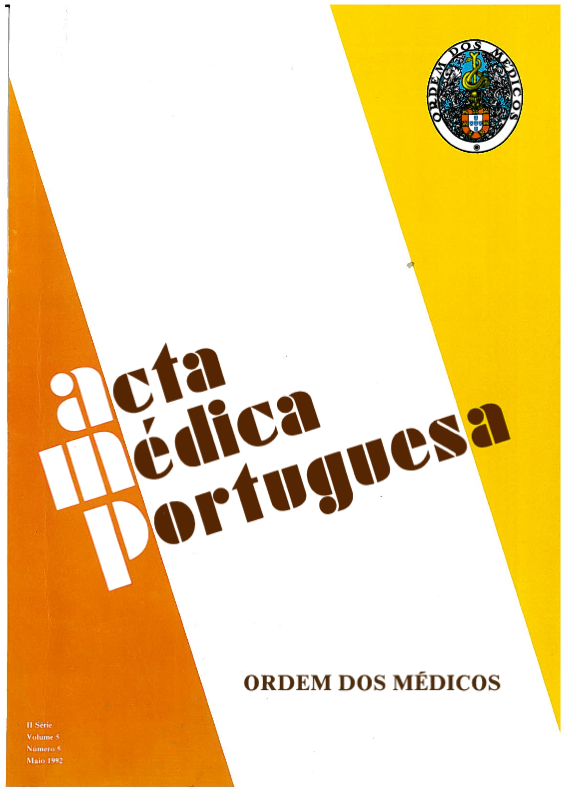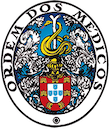Displasia renal: revisão clínico-patológica.
DOI:
https://doi.org/10.20344/amp.3237Resumo
Histology records from 63 nephrectomies were reviewed; 22 patients had unilateral totally dysplastic kidneys and 5 had polar or segmental dysplasia. A clinicopathological study of these cases was undertaken. In the first group, there was a slight male preponderance and 75% of the patients presented were under two years of age. Urinary tract infection was the most common complaint. 4 patients were diagnosed in utero by ultrasound and 5 infants presented an abdominal mass. Hypertension was documented in a newborn baby. Ipsilateral lower urinary tract anomalies were found in 12 patients and those of the contralateral kidney in 2 children. There were 3 cases of extrarenal anomalies. Histological examination revealed 13 cases of multicystic dysplasia and 9 of solid dysplasia. Metaplastic cartilage was found in 1 case. In the group of segmental dysplasia, age ranging from 27 weeks' gestation to 8 years, at the time of the diagnosis. They all had duplex kidneys and 4 had ureterocele. Histological study in these cases was similar to the one found in the previous series, although superimposed inflammatory changes were more pronounced. Some of the theories regarding the pathogenesis of this disorder are reviewed and the importance of its diagnosis is emphasised.Downloads
Downloads
Como Citar
Edição
Secção
Licença
Todos os artigos publicados na AMP são de acesso aberto e cumprem os requisitos das agências de financiamento ou instituições académicas. Relativamente à utilização por terceiros a AMP rege-se pelos termos da licença Creative Commons ‘Atribuição – Uso Não-Comercial – (CC-BY-NC)’.
É da responsabilidade do autor obter permissão para reproduzir figuras, tabelas, etc., de outras publicações. Após a aceitação de um artigo, os autores serão convidados a preencher uma “Declaração de Responsabilidade Autoral e Partilha de Direitos de Autor “(http://www.actamedicaportuguesa.com/info/AMP-NormasPublicacao.pdf) e a “Declaração de Potenciais Conflitos de Interesse” (http://www.icmje.org/conflicts-of-interest) do ICMJE. Será enviado um e-mail ao autor correspondente, confirmando a receção do manuscrito.
Após a publicação, os autores ficam autorizados a disponibilizar os seus artigos em repositórios das suas instituições de origem, desde que mencionem sempre onde foram publicados e de acordo com a licença Creative Commons









